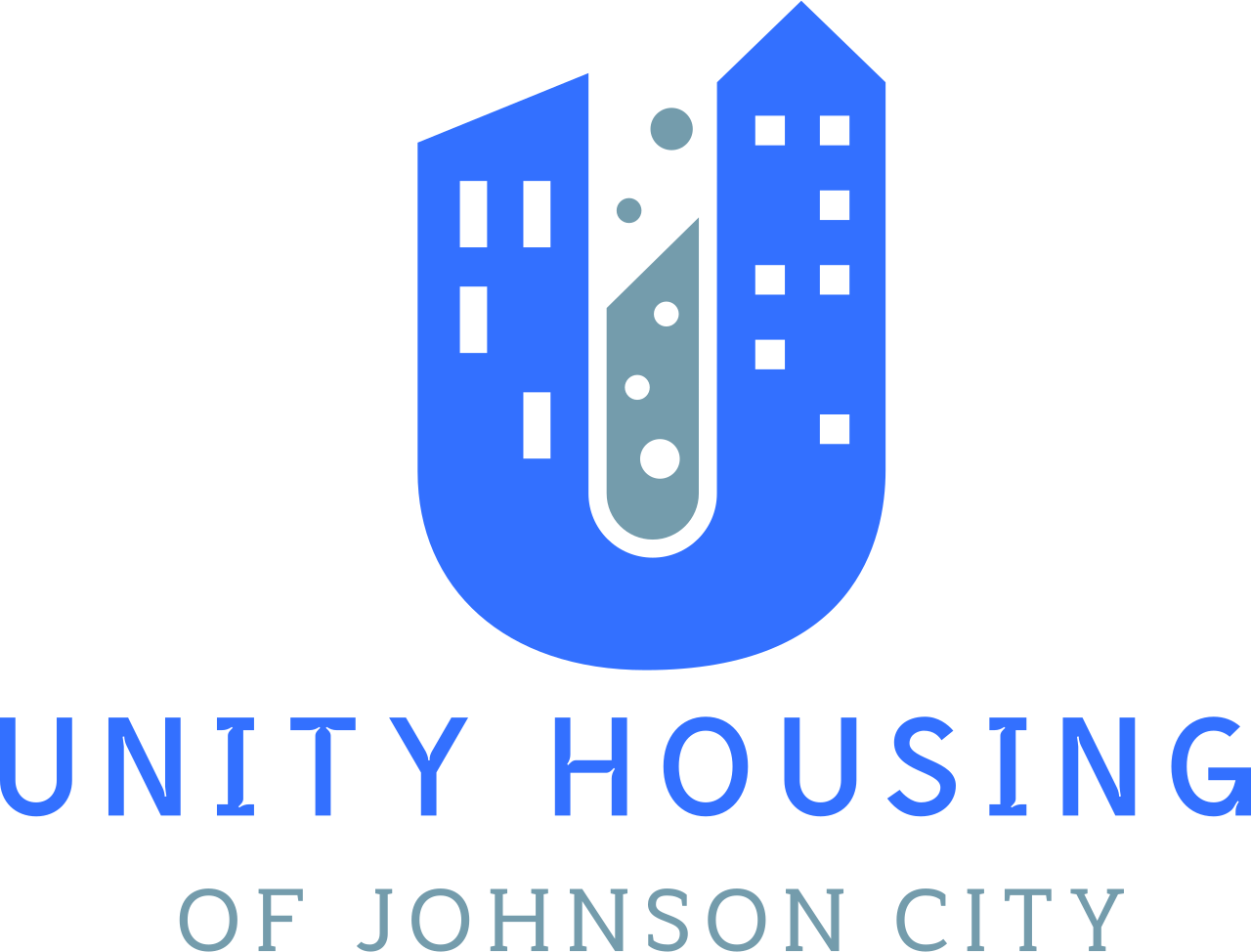August's Dispatch: Cruelty is Not a Strategy: Why Using Troops to "Solve" Homelessness is a Dangerous Failure of Policy and Imagination
August 18, 2025
There are moments in a nation’s history that force us to confront the cavernous gap between our stated values and our actions. The recent decision to deploy federal troops in Washington to clear encampments and forcibly remove individuals experiencing homelessness is one of those moments. As a public health researcher and the founder of an organization dedicated to ending homelessness, I must state this in the clearest possible terms: This is not a solution. It is a spectacle of failure, a strategic retreat from decades of evidence, and a dangerous precedent that threatens to normalize cruelty as public policy across the entire country.
Let’s be clear: you cannot "get rid of" homelessness by getting rid of people. Forcibly relocating individuals is a return to the ineffective and inhumane vagrancy laws of a bygone era. It is the policy equivalent of sweeping dirt under a rug—the problem is merely hidden, often made worse, and guaranteed to reappear. It does not address the root causes of why a person is sleeping on the street; it only inflicts further trauma, severs connections to vital support systems, and makes it that much harder for outreach workers to build the trust necessary to guide someone back to stability. This approach is not just a moral failing; it is an intellectual one.
The evidence is overwhelming and points not to a crisis of personal failings, but to a systemic crisis of housing. The Center on Budget and Policy Priorities recently highlighted that since 2001, median rents have risen over 23% after adjusting for inflation, while the median renter’s income has risen by only 5%. This is the math that creates homelessness. As journalist Emily Badger noted in her pivotal New York Times article, "The Surprising Geography of American Homelessness," the geography of homelessness is not a map of addiction or mental illness, but a map of housing costs. West Virginia, the epicenter of the opioid crisis, has the nation’s lowest rate of homelessness, while high-growth, high-cost cities see rates soar. This is not a coincidence; it is a direct correlation. Here in Johnson City, the Bowen Report confirmed this reality for our own community, identifying a shortfall of over 5,500 housing units and revealing that one in five renters is severely cost-burdened.
This is not an unsolvable problem. We have a robust toolkit of proven, evidence-based solutions that are both more humane and more cost-effective than deploying troops. The "Housing First" model, endorsed by the U.S. Interagency Council on Homelessness (USICH), has shown time and again that providing someone with stable housing first is the foundation upon which they can address other challenges like health or employment. At Unity Housing, our focus on creating a Medical Respite facility is another evidence-based intervention designed to stop the cycle of hospital-to-street for our most medically fragile neighbors. These are the strategies that work—strategies that invest in dignity, stability, and long-term solutions.
The action in Washington is so dangerous because it sets a national tone. It gives a green light to local and state policymakers across the country to abandon the hard, necessary work of creating housing and instead opt for the easy spectacle of forcible removal. It shifts the national conversation from "How do we house our neighbors?" to "How do we make our neighbors disappear?" This is a profoundly inhumane shift, one that encourages us to see people as problems to be managed rather than as human beings to be supported.
What happens in our nation’s capital does not stay there. The policies enacted on a federal stage ripple outward, influencing the choices made in city halls and statehouses from California to Tennessee. We cannot allow this to be the new normal. We must demand that our leaders reject the illusion of a quick fix and instead commit to the proven, long-term strategies that we know will end homelessness. This means advocating for affordable housing, supporting programs like permanent supportive housing and medical respite, and refusing to accept cruelty as a substitute for a real plan.
Our community, and our country, is at a crossroads. We can choose the path of evidence, compassion, and justice, or we can choose the path of force, displacement, and failure. The choice should be obvious.
Of course. Here are the weblinks for the resources cited in the blog post. Including these direct links will add a strong layer of credibility and allow your readers to explore the evidence themselves.
Resource Links for the Blog Post
Center on Budget and Policy Priorities (CBPP):
Link: https://www.cbpp.org/research/housing
Note: This is the main link to their housing research page. The specific statistic you cited about rent vs. income is from their analyses of American Community Survey data. This general link is the most stable and allows readers to find the most current reports on housing affordability.
The New York Times: "The Surprising Geography of American Homelessness" by Emily Badger:
Link: https://www.nytimes.com/2017/09/06/upshot/the-surprising-geography-of-american-homelessness.html
Note: This is the direct link to the article. A subscription to The New York Times may be required for some readers to access the full text.
U.S. Interagency Council on Homelessness (USICH) - "Housing First":
Link: https://www.usich.gov/solutions/housing/housing-first/
Note: This page provides a clear, official overview of the Housing First model as the federal government's endorsed strategy.
Johnson City Housing Needs Assessment (Bowen Report):
Link: https://issuu.com/kshoun/docs/2025_johnson_city_housing_needs_assessment_-_bowen
Note: This is the direct Iink to the study conducted by the Bowen firm in 2024 and was released by the Johnson City Government in 2025. It contains the most relevant housing study for our city.






